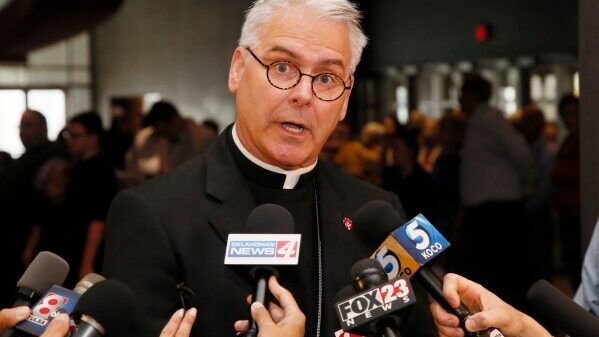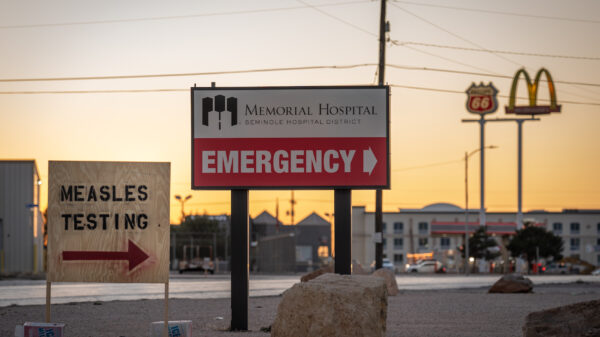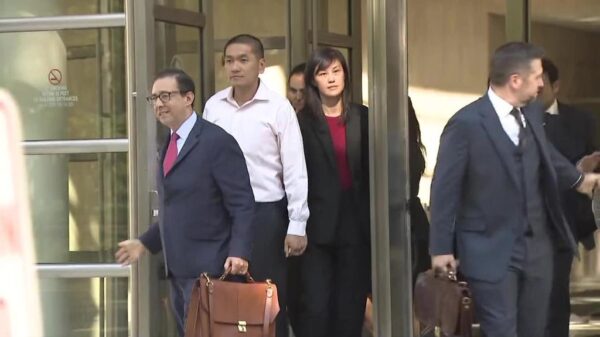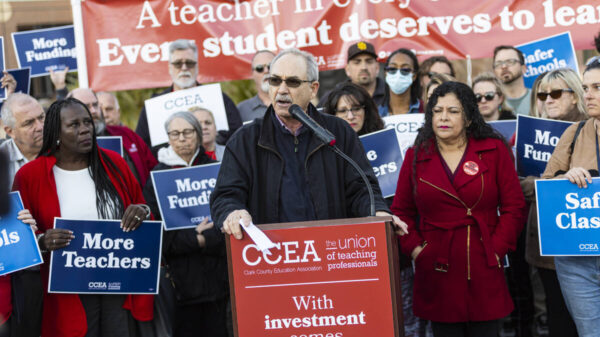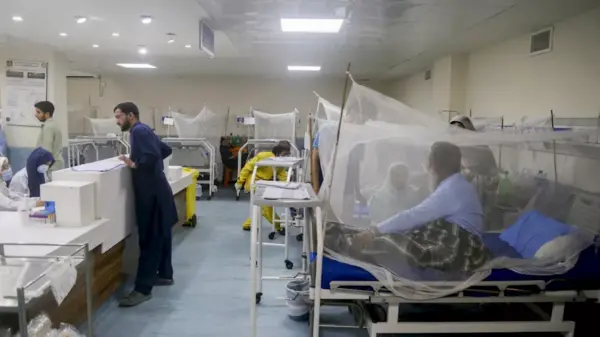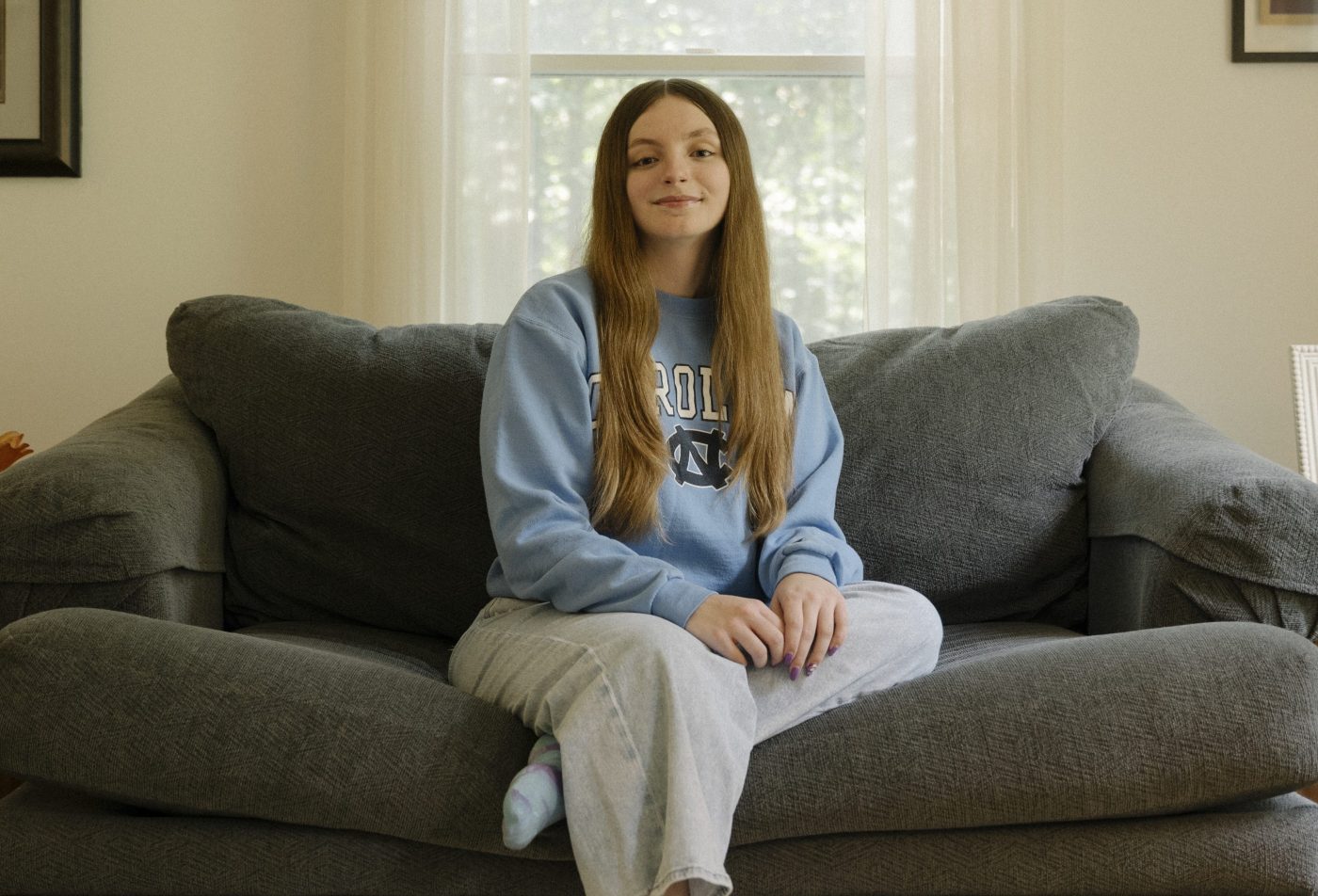A new law in Virginia aims to enhance safety for students with disabilities, sparked by the advocacy of Kira Tiller, a student who experienced serious safety concerns during emergency drills in school. Tiller, who has epilepsy, was often isolated in a windowless office during fire drills to avoid flashing lights that could trigger seizures. This situation raised alarms about the preparedness of schools to handle emergencies for all students, especially those with disabilities.
Tiller’s journey is not unique. Similar incidents have unfolded across the United States, highlighting a lack of adequate emergency plans. In Maryland, a student who uses a wheelchair was left behind in a stairwell during a fire evacuation. Another student with mobility challenges faced a chaotic scene during a school shooting, where police were unprepared to assist her. According to data, more than 7 million students in public schools have disabilities, and yet only a few states require plans to evacuate these students during emergencies.
Legislative Changes Sparked by Advocacy
The situation prompted Tiller to take action. After researching the issue and consulting with fellow students, she approached Laura Jane Cohen, a Democratic state delegate, to sponsor a bill on her behalf. Cohen, who has a history of advocating for the safety of students with disabilities, introduced the legislation aimed at ensuring that emergency plans are developed for all students with disabilities. This new law, passed in 2023, is a response to both Tiller’s advocacy and growing concerns among families about the inadequacies of school safety protocols.
Cohen noted, “It was nuts to me. It just didn’t make any sense.” The bill successfully passed with unanimous support, although some provisions were softened due to liability concerns from school officials. This legislation follows a similar 2017 law in Maryland, which was enacted after an incident involving Cassidy Scott, a 12-year-old who was left in a stairwell during a fire. Scott’s experience highlighted the urgent need for schools to have specific emergency plans for students with disabilities.
Future Advocacy and Ongoing Challenges
Despite the progress, questions remain about the enforcement of these new requirements. Under the administration of former President Donald Trump, there were concerns regarding the future of the federal Education Department and its oversight of special education. This uncertainty adds a layer of complexity to ensuring that the needs of students with disabilities are met.
Tiller, now a sophomore at the University of North Carolina at Chapel Hill, is not stepping back. She has formed a disability advocacy group focused on pushing for similar legislation across the country. Her own experience in high school involved securing an individualized emergency plan, which took six years to establish. Utilizing blackout sunglasses during drills helped her cope, but she reflects on the challenges she faced with disappointment. “When you’re in school and you know that your safety isn’t a priority, that’s a really discouraging and disheartening feeling,” she stated.
As the landscape of emergency preparedness continues to evolve, Tiller’s story serves as a reminder of the importance of inclusivity and safety in educational environments. The new laws in Virginia and Maryland represent a significant step forward, but ongoing advocacy and vigilance will be essential to ensure that all students, regardless of their abilities, are protected in emergencies.








